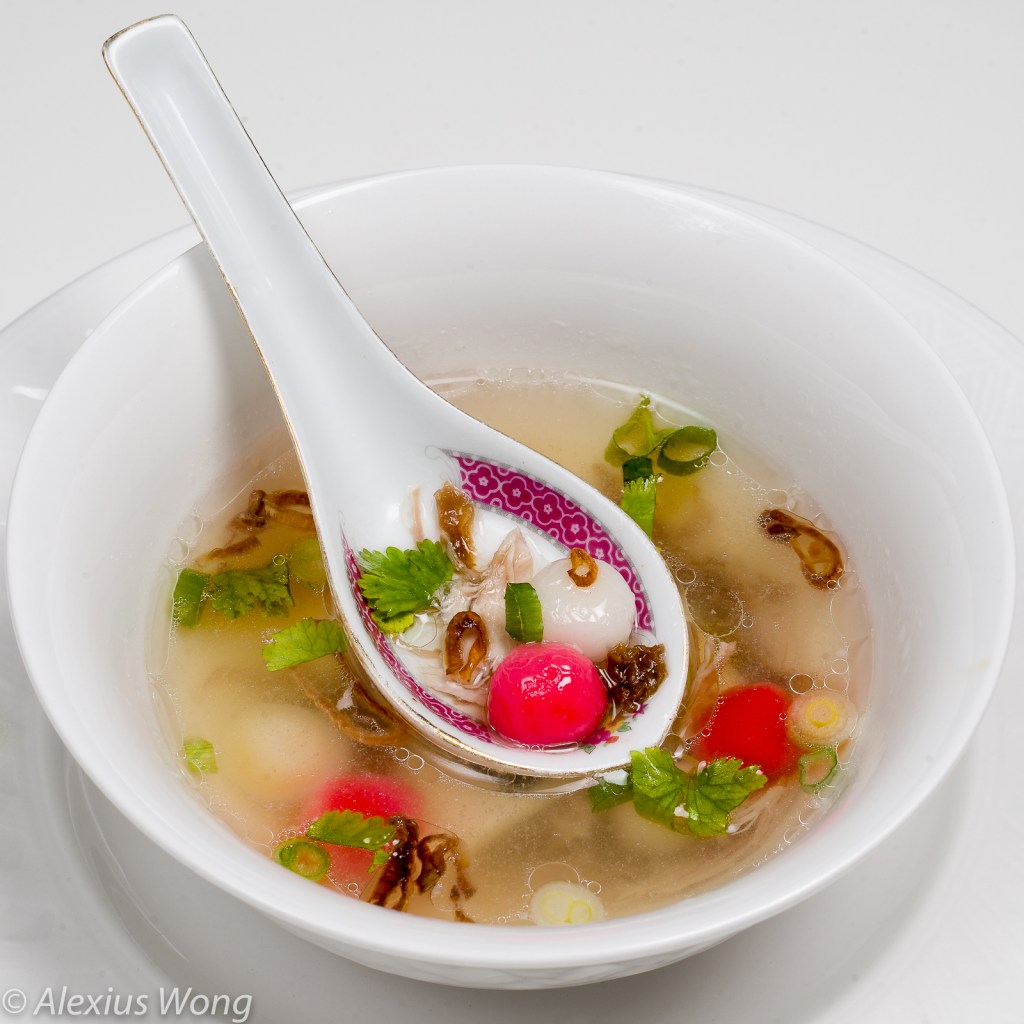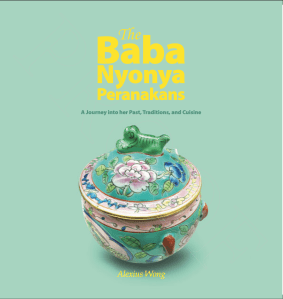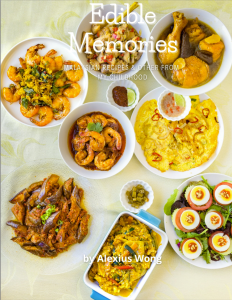
The Winter Solstice ceremony, called Tung Chek in Hokkien, or also known as the Kueh Ee festival among the Peranakans, is celebrated on the 22nd of December in order to mark the end of the agricultural and astronomical year in China. To this day, this custom is still practiced in the Peranakans’ ancestral homeland, the Fujian province of China.
Even though the winter season is unnoticeable in the tropics, the Southeast Asian Chinese transplants continued this tradition with little to no dilution of its original form. For this occasion, the Peranakans would eat kueh ee, which is glutinous rice balls colored red, white, and occasionally green, served in ginger-flavored sugar syrup—the different colors represent the yin and yang forces of nature. For dinner, the Malacca Peranakans would serve the rice balls in a savory fragrant pork and chicken soup, which is how it was celebrated in my family. As part of the observance, large balls of this rice flour would be made and placed as offerings on the home ancestral altar and to the Kitchen God. A pair of the larger cakes (one red and the other white) was placed on each side of the main door for months to attract blessings on the family. Such practices on this specific day were to remind oneself that the whole family had lived through another year. On the other hand, a death in the family meant that the custom would not be observed that year as a sign of respect for the departed one. In the past, this rice ball soup was also customarily served to a newly married couple on their wedding day, as an assurance for the longevity of their new partnership.
The savory soup version is a delicious dish that I feel should be served more than once a year. Since it is only served at the winter solstice, we treat the dish reverently, relishing every drop of the savory soup and the rice balls that have absorbed some of the soup flavors. The garnish of cilantro, scallions, white pepper, Tianjin preserved vegetable (tung choy), fried shallots, and fried garlic are de rigueur since they impart some additional flavor notes to each light sip. The colors of the balls are symbolic, and I have even seen some recipes that use green food coloring, which I find unusual next to the customary red and white. The secret to the dish is to make a rich broth that will flavor the rice balls. The garnishes add a different flavor dimension to the dish, so do not omit these important elements.
NB: A recent posting of this recipe received a lot of hits and some comments that shed some light on this savory version. Many said that they grew up eating this in a Hakka or Toishan household. The parents of my granduncle, Ah Kong, were from Toishan, and my grandmother was adopted by his family. I suspect my grandmother learned the dish from them, hence, it is a tradition what we continue in our family.
Recipe from The Baba Nyonya Peranakans book
Serves 4
Preparation time: 1 hour, 15 minutes (1 hour for making stock)
500 grams (1 pound) pork bones, with bits of meat attached, or 4 cups chicken stock
1 chicken drumstick or 100 grams (3½ ounces) lean pork
5 cups water, plus more for rice balls
Vegetable oil, for frying
3 garlic cloves, minced
5 small (50 grams/1¾ ounces) shallot, peeled, sliced into thin rings
100 grams (3½ ounces) glutinous rice flour
2 tablespoons Tianjin preserved vegetable (Cantonese: tung choy)
Pinch salt
1 scallion, chopped into ¼-centimeter (⅛-inch) pieces
Leaves from 1 stalk coriander (cilantro), finely chopped
Pinch white pepper
- Put the pork bones and chicken in a pot with 5 cups of water, cover, and bring to a rolling boil. Lower the heat to a simmer (you may continue to steps 2 and 3). Remove the drumstick after 30 minutes and let cool in a bowl of water—shred the meat and reserve. Let the stock continue simmering for 30 minutes more. Turn off the heat and remove the pork bones. When cool, remove the meat from the bones and cut into small cubes.
- In a pan on medium-low heat with enough oil to cover the base, fry the garlic until golden-brown. Remove, drain well, and set aside. Fry the shallots in the same way. Reserve for garnishing.
- In a large bowl, add all the flour and then water bit by bit until a thick dough forms. Warning: It is easy to make it too runny, so be conservative with the water. The consistency of the dough should be like thick clay, very stiff to the touch and barely sticking to the hand. Work the dough for a few minutes until it is even and smooth.
- Divide the dough in half, and add coloring to one half until it is red enough. You can test this by dropping a small amount of dough into boiling water (the color should be bright and rich). Pinch off small amounts of dough and form them into balls the size of a small marble or large pea by rolling them between your palms. Place the rolled dough on a plate.
- Bring a saucepan of water to a boil. Cook the white dough in the boiling water until fully cooked or until they start to float in the water. Remove to cool in a bowl of cold water. Repeat the process with the red dough.
- Taste the Tianjin preserved vegetables. If they are too salty, soak them in water for a minute. Remove and squeeze dry.
- Bring the stock back to a boil. Add only a bit of salt until barely salty—the preserved vegetable will add more salt to the soup. Add a few dough balls, a pinch of Tianjin pickle, and bits of chopped meat to a serving bowl. When the soup comes to a boil, immediately spoon it over the ingredients in the bowl.
- Garnish the soup with the garlic, fried shallot rings, scallion, coriander, and a pinch of white pepper. Serve immediately.


The hardcopy and e-book of The Baba Nyonya Peranakans book (1st image) and Edible Memories e-cookbook (2nd image) are available – more information on the Homepage.

Thanks for reminding us of the significance and importance of this festival.
LikeLike
You are welcome. I hope it inspired you to keep that tradition alive.
LikeLike